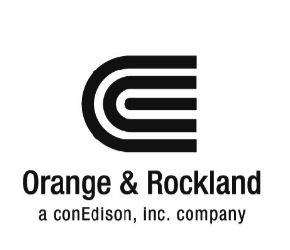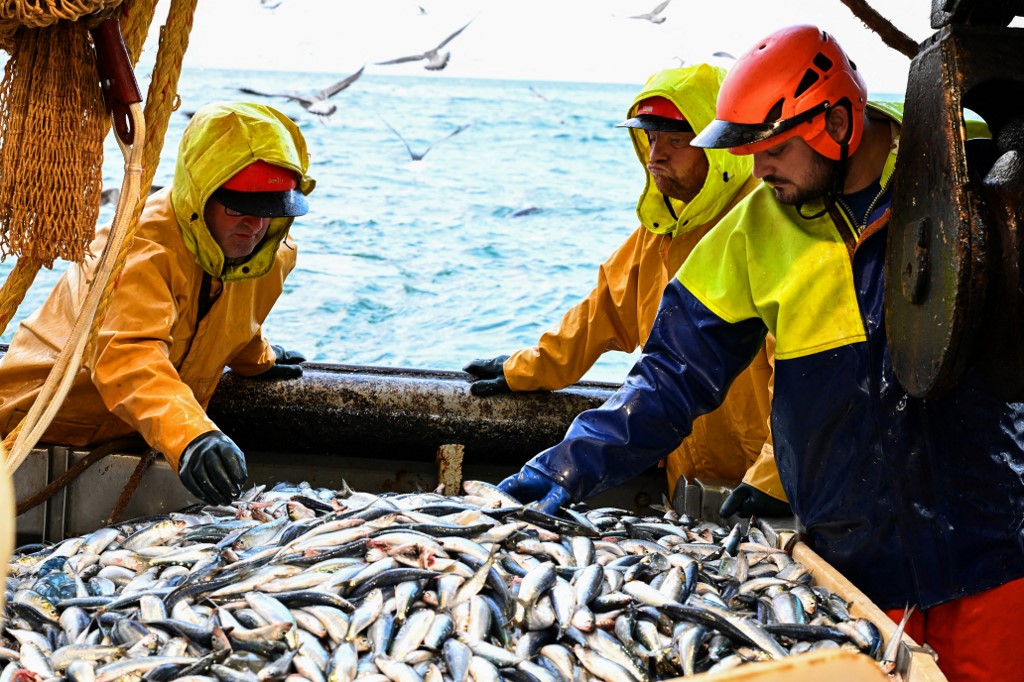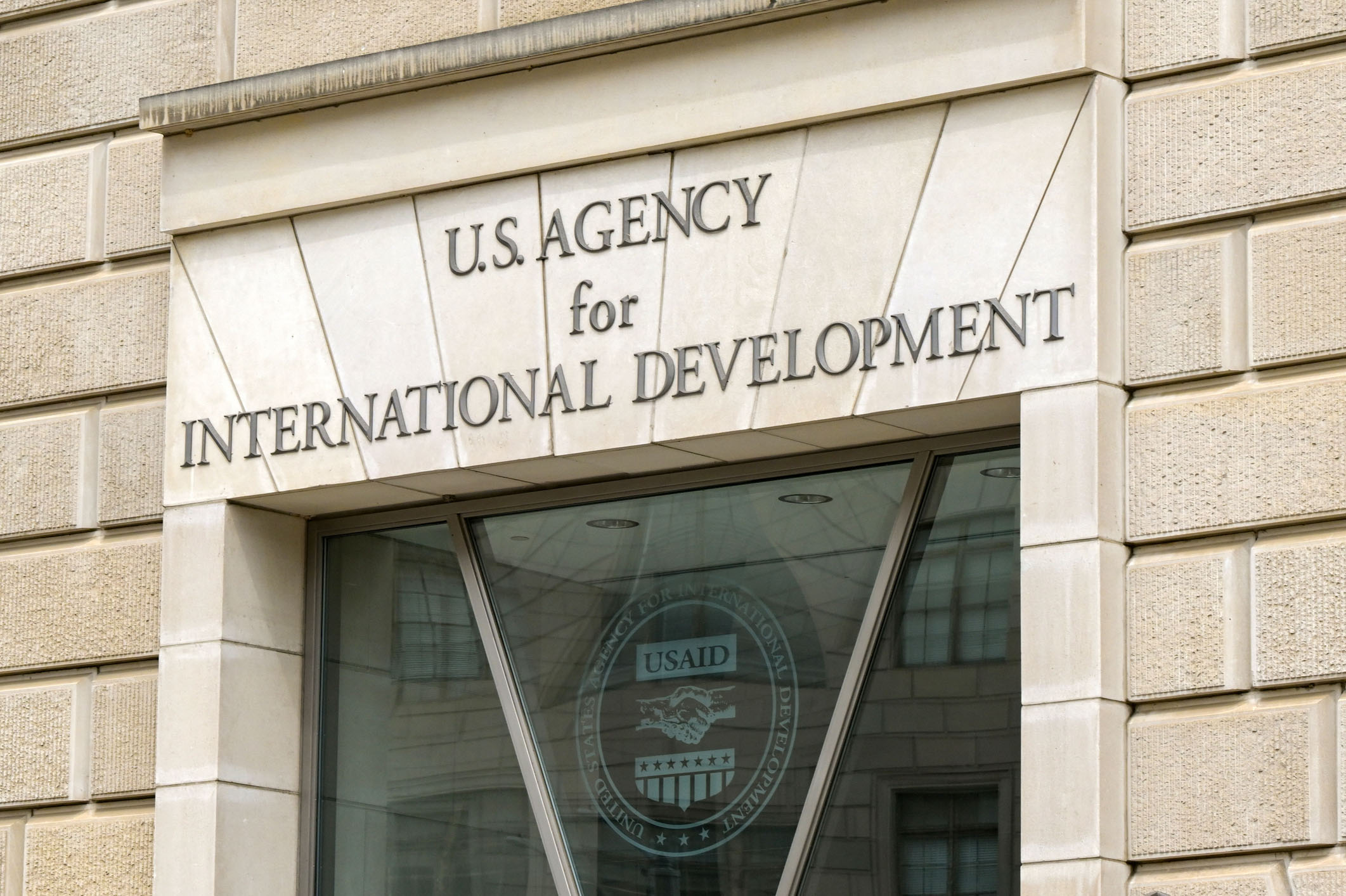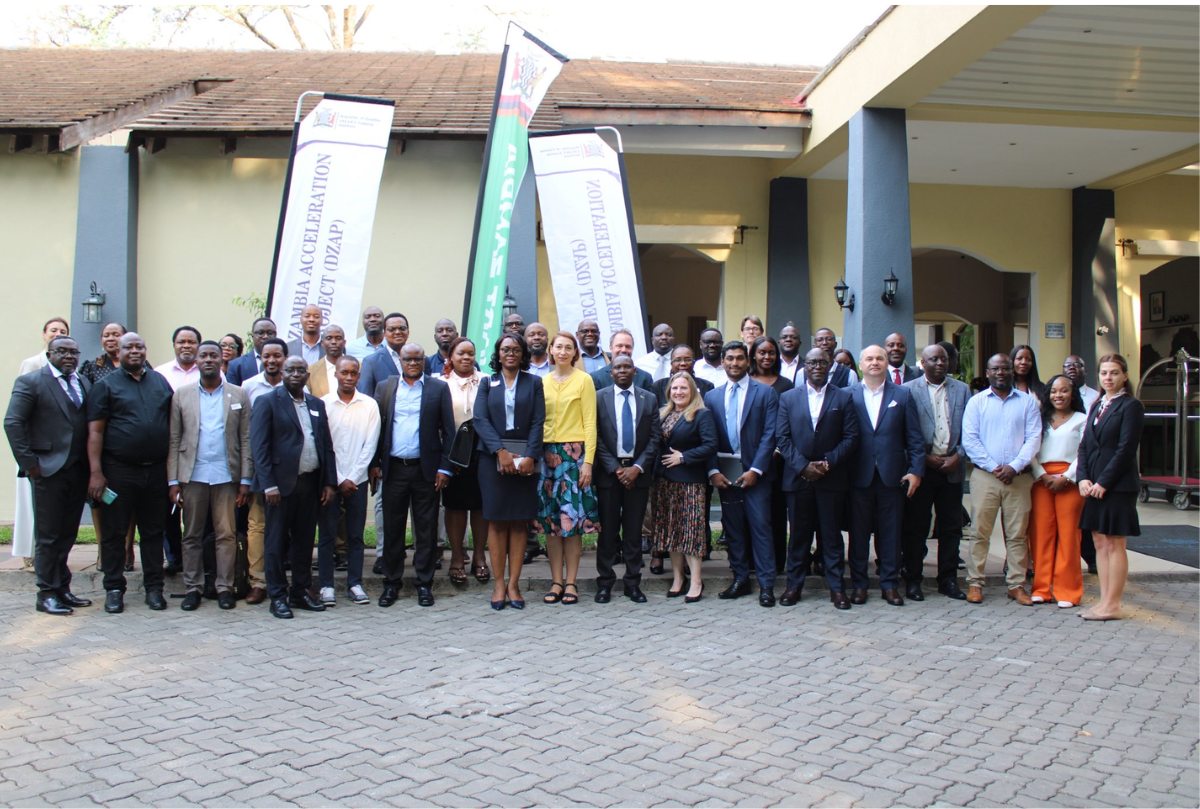Aug 5-State issues million-dollar penalties to two refineries for dangerous waste violations – Washington State Department of Ecology (.gov)

Report on Dangerous Waste Violations at Anacortes Refineries and Implications for Sustainable Development Goals
Executive Summary
The Washington Department of Ecology has issued significant financial penalties to HF Sinclair and Tesoro refineries in Anacortes for severe violations of dangerous waste management regulations. The penalties, totaling $1,303,000 for HF Sinclair and $1,397,000 for Tesoro, address the improper and unsafe storage of large volumes of hazardous materials. These actions represent a profound failure to adhere to principles of SDG 12: Responsible Consumption and Production, creating substantial risks to the environment and public health, thereby undermining progress on several other Sustainable Development Goals (SDGs), including SDG 3 (Good Health and Well-being) and SDG 6 (Clean Water and Sanitation).
Regulatory Enforcement and Institutional Accountability (SDG 16)
The Department of Ecology’s enforcement action underscores the critical role of strong institutions (SDG 16: Peace, Justice and Strong Institutions) in holding corporations accountable for environmental stewardship. Despite prior notifications, both refineries failed to rectify dangerous waste management practices, prompting regulatory intervention. Dangerous waste, defined as material that is ignitable, corrosive, reactive, or toxic, requires stringent management to prevent harm to human health and ecosystems, a core tenet of sustainable industrial operation.
Case Analysis: Specific Violations and SDG Impacts
HF Sinclair Refinery
In September 2023, an overflow of oily process wastewater at the HF Sinclair facility led to the accumulation of dangerous waste sludge in a spill containment area not designed for such material. The company’s failure to act decisively directly contravened key sustainable development principles.
- Violation: Dangerous waste sludge was left in a temporary containment area for 11 months.
- Compounding Risk: Upon removal, the containment area’s single liner was discovered to be ripped, increasing the probability of environmental contamination.
- SDG Implications:
- SDG 12 (Responsible Production): A clear failure in the sound management of chemicals and wastes throughout their life cycle.
- SDG 15 (Life on Land): The compromised liner created a direct risk of soil and groundwater contamination, threatening terrestrial ecosystems.
- SDG 6 (Clean Water): The potential for hazardous materials to leach into water sources represents a significant threat to water quality.
Tesoro (Marathon Anacortes Refinery)
Tesoro was penalized for its mismanagement of a 150,000-gallon neutralization pond containing spent sulfuric acid, a highly corrosive dangerous waste. The ongoing nature of the violation demonstrated a disregard for preventative environmental management.
- Violation: The pond frequently contained wastewater with a pH equivalent to battery acid (pH ≤ 2), posing a severe risk to the integrity of the pond liner.
- Compounding Risk: Despite being flagged by inspectors in 2022, it took the facility nine months to implement a safer, alternative waste management method, prolonging the risk of a toxic release.
- SDG Implications:
- SDG 12 (Responsible Production): Gross negligence in the handling of corrosive industrial byproducts.
- SDG 3 (Good Health and Well-being): A potential release of highly acidic material could cause severe harm to human health.
- SDG 14 (Life Below Water): Given the refinery’s coastal location, any leak could have devastating consequences for marine ecosystems.
Comprehensive Failure to Uphold Sustainable Development Goals
The actions of both refineries represent a significant setback for sustainable development in the region. The prolonged and improper storage of dangerous waste undermines multiple interconnected goals essential for a sustainable future.
- SDG 12 – Responsible Consumption and Production: The core failure lies in the neglect of responsible chemical and waste management, a primary target of this goal.
- SDG 3 – Good Health and Well-being: The potential for toxic releases puts the health and safety of the local community and refinery workers at unacceptable risk.
- SDG 6 – Clean Water and Sanitation: The integrity of local water resources is threatened by the potential for leaks and contamination from hazardous sludge and corrosive acids.
- SDG 11 – Sustainable Cities and Communities: Safe industrial operations are fundamental to the sustainability and safety of communities like Anacortes. These violations erode public trust and create environmental liabilities.
- SDG 14 & 15 – Life Below Water and on Land: The documented risks of compromised liners and potential spills pose a direct threat to both marine and terrestrial ecosystems.
Conclusion and Future Actions
The penalties levied by the Department of Ecology are a necessary measure to enforce environmental law and reinforce the principles of SDG 16 (Peace, Justice and Strong Institutions). According to Tom Buroker, Director of Ecology’s Northwest Region, the refineries possess the resources and expertise to manage waste safely and failed to do so. The Department is continuing its investigation into the full environmental impact of these violations. Both HF Sinclair and Tesoro have a 30-day period to remit payment or appeal the penalties to the Pollution Control Hearings Board. This case serves as a critical reminder that achieving the Sustainable Development Goals requires unwavering commitment from the industrial sector to responsible and safe operational practices.
Analysis of Sustainable Development Goals in the Article
1. Which SDGs are addressed or connected to the issues highlighted in the article?
-
SDG 3: Good Health and Well-being
- The article directly connects the improper management of waste to human health risks. It defines dangerous waste as material that can “harm human health” and states that the refineries’ actions compounded the “risk of serious harm to people.” This aligns with SDG 3’s aim to ensure healthy lives and promote well-being.
-
SDG 6: Clean Water and Sanitation
- The core issue involves the management of industrial “wastewater.” The article details how oily process wastewater and spent sulfuric acid were stored in unsafe ways, creating a risk of release. A key concern was potential damage to a pond’s liner, which could lead to a “toxic release” into the environment, directly threatening water sources and quality.
-
SDG 12: Responsible Consumption and Production
- This is the most central SDG. The article focuses on the generation and mismanagement of “dangerous waste” from industrial “refining processes.” The entire narrative revolves around the failure of two companies to ensure the “environmentally sound management of chemicals and all wastes,” which is a primary focus of SDG 12.
-
SDG 14: Life Below Water & SDG 15: Life on Land
- The article highlights the significant environmental risks posed by the potential release of hazardous materials. It mentions a “ripped” liner and the possibility that waste “could have escaped into the environment.” Given Anacortes’ coastal location, such a release would contaminate soil (SDG 15) and inevitably threaten nearby marine ecosystems (SDG 14).
-
SDG 16: Peace, Justice and Strong Institutions
- The article showcases the role of a state institution, the Washington Department of Ecology, in enforcing environmental laws. The department’s actions—issuing notifications, conducting inspections, and levying substantial financial penalties—demonstrate the function of an effective institution holding corporations accountable for environmental violations.
2. What specific targets under those SDGs can be identified based on the article’s content?
-
Target 3.9: Substantially reduce the number of deaths and illnesses from hazardous chemicals and air, water and soil pollution and contamination.
- The article’s emphasis on the risk of “toxic release” and harm to “human health” from dangerous waste (ignitable, corrosive, reactive, and/or toxic) directly relates to this target’s goal of mitigating health impacts from pollution.
-
Target 6.3: Improve water quality by reducing pollution, eliminating dumping and minimizing release of hazardous chemicals and materials.
- The issues described—improper storage of hazardous wastewater and the risk of it escaping into the environment—are precisely what this target aims to prevent. The potential for a “toxic release” from the acidic pond and the overflow of “oily process wastewater” are direct threats to water quality.
-
Target 12.4: Achieve the environmentally sound management of chemicals and all wastes throughout their life cycle… and significantly reduce their release to air, water and soil in order to minimize their adverse impacts on human health and the environment.
- This target is a perfect match for the article’s central theme. The refineries’ failure to “properly managed” dangerous waste, leaving it in unsafe containment for months, is a clear violation of the principle of environmentally sound management, increasing the risk of release and adverse impacts.
-
Target 16.6: Develop effective, accountable and transparent institutions at all levels.
- The role of the Department of Ecology in identifying violations and issuing penalties of “$1,303,000” and “$1,397,000” is a direct example of an effective and accountable institution enforcing regulations to protect the public and the environment.
3. Are there any indicators mentioned or implied in the article that can be used to measure progress towards the identified targets?
-
Volume of improperly managed hazardous waste
- The article implies this indicator by mentioning “large volumes of dangerous waste,” a “150,000-gallon” pond, and “nine 20-yard containers” of sludge. Tracking this volume would measure the scale of non-compliance with waste management regulations (relevant to Target 12.4).
-
Chemical properties of waste
- The article specifies that the wastewater had a “pH of 2 or less,” which is a direct, measurable indicator that qualifies it as dangerous waste. This measurement is crucial for identifying and managing hazardous materials to prevent pollution (relevant to Target 6.3).
-
Number and duration of non-compliance incidents
- The article identifies two companies in violation. It also specifies the duration of the non-compliance, noting that sludge remained for “11 months” and it took another facility “nine months” to address a problem. These metrics can be used to track corporate adherence to environmental laws (relevant to Target 12.4).
-
Amount of financial penalties for environmental violations
- The specific penalties of “$1,303,000” and “$1,397,000” serve as a clear indicator of institutional enforcement. Tracking such penalties measures the accountability imposed on polluters (relevant to Target 16.6).
4. Table of SDGs, Targets, and Indicators
| SDGs | Targets | Indicators (Identified in Article) |
|---|---|---|
| SDG 3: Good Health and Well-being | 3.9: Substantially reduce illnesses from hazardous chemicals and pollution. | Incidents of potential release of waste that can “harm human health.” |
| SDG 6: Clean Water and Sanitation | 6.3: Improve water quality by reducing pollution and minimizing release of hazardous chemicals. | Acidity level of wastewater (e.g., “pH of 2 or less”). Volume of untreated/hazardous wastewater (e.g., “150,000-gallon” pond). |
| SDG 12: Responsible Consumption and Production | 12.4: Achieve the environmentally sound management of chemicals and all wastes to minimize their release. | Number of violations of dangerous waste laws. Volume of improperly stored waste (e.g., “nine 20-yard containers”). Duration of improper storage (e.g., “11 months”). |
| SDG 16: Peace, Justice and Strong Institutions | 16.6: Develop effective, accountable and transparent institutions. | Amount of financial penalties issued for non-compliance (e.g., “$1,303,000” and “$1,397,000”). |
Source: ecology.wa.gov

What is Your Reaction?
 Like
0
Like
0
 Dislike
0
Dislike
0
 Love
0
Love
0
 Funny
0
Funny
0
 Angry
0
Angry
0
 Sad
0
Sad
0
 Wow
0
Wow
0















































































